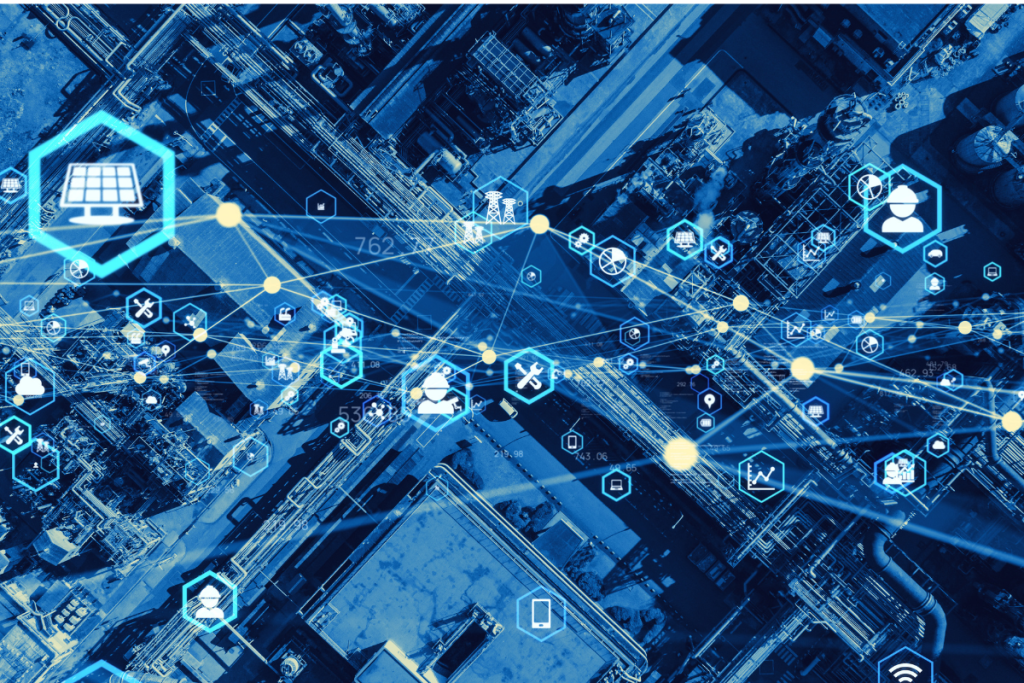At ICON 2025, Blue Yonder unveiled a significant expansion of its AI-native Cognitive Solutions, designed to support supply chain leaders grappling with persistent volatility, execution gaps, and sustainability demands. The latest release blends intelligent automation with multi-tier collaboration, enabling real-time, cross-functional decision-making across planning, fulfillment, and returns.
AI Tools Reshape Daily Supply Chain Decisions
For supply chain leaders under pressure to deliver agility, cost control, and continuity all at once, Blue Yonder’s newly released Cognitive Solutions mark a clear attempt to address decision-making fatigue with intelligent automation.
The update enables cross-enterprise teams, from planners to warehouse managers, to coordinate scenarios, model trade-offs, and act on disruptions at machine speed. Using AI agents embedded throughout the platform, operations teams can now simulate and optimize outcomes across demand planning, supplier collaboration, warehouse workflows, and returns—all while drawing on a unified data model.
For manufacturers, the value lies in multi-tier responsiveness: aligning supply inputs with downstream volatility in real time. For retailers, it’s about adapting quickly to regional preferences and customer behavior while minimizing waste and overstock. The system’s ability to detect patterns, trigger actions, and collaborate across networks reduces latency between insight and execution—a key bottleneck in today’s fragmented environments.
Platform Focuses on Execution Levers
Beyond planning, Blue Yonder’s update homes in on warehouse inefficiencies and returns complexity, two blind spots many supply chain executives cite as obstacles to margin improvement. New tools like automated AMR performance tracking, dynamic returns grading, and vision-based yard management are designed to streamline labor, reduce returns leakage, and increase inventory recovery.
Importantly, the update embeds emissions measurement and scenario modeling directly into transportation and planning functions. This reflects growing regulatory pressure and internal ESG mandates, particularly for leaders trying to reconcile cost-to-serve metrics with sustainability targets. The Sustainable Supply Chain Manager enables enterprises to visualize and act on carbon outputs across modes, down to the component level, without relying on bolt-on reporting tools.
The inclusion of a Supply Chain Advisory function rounds out the release by offering implementation support for customers navigating change. But the broader takeaway isn’t about product features, it’s the operational shift this enables: from human-limited coordination to AI-augmented foresight and execution.
A Practical Step Forward
Blue Yonder’s latest release reflects a broader industry shift toward embedding intelligence closer to where operational decisions are made. The emphasis on agentic AI, multi-tier visibility, and real-time scenario modeling acknowledges the structural pressures facing supply chain leaders today – compressed planning cycles, escalating service expectations, and the growing weight of sustainability compliance. These tools may help organizations close the persistent gap between strategic ambition and day-to-day execution.
Still, the value of such solutions will ultimately depend on how they are governed, adopted, and integrated within existing workflows. For leadership teams, the task ahead lies in translating digital capability into operational discipline, ensuring that speed doesn’t come at the expense of judgment, and that automation complements rather than replaces critical human oversight.




